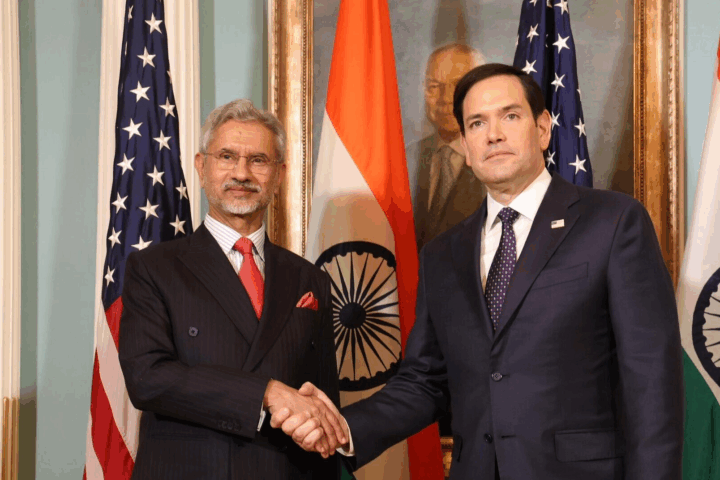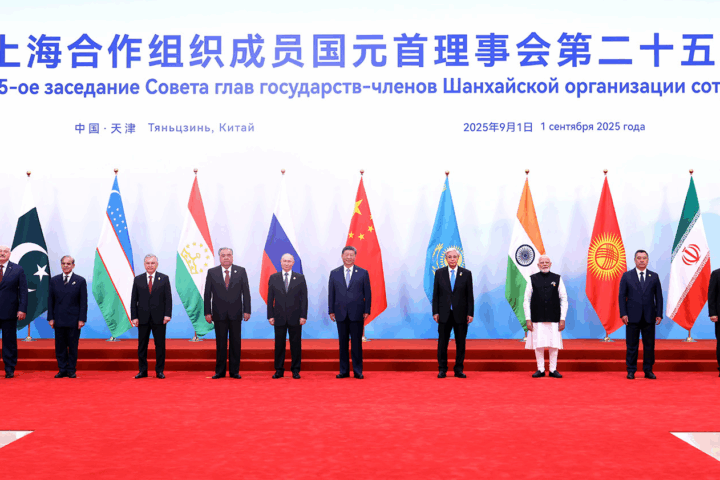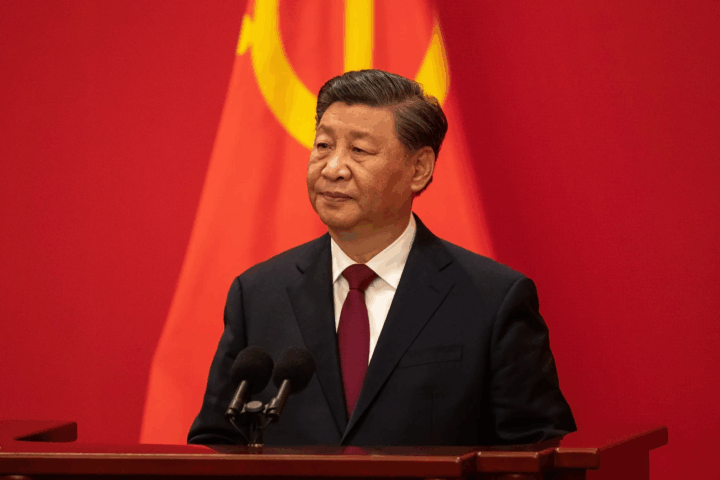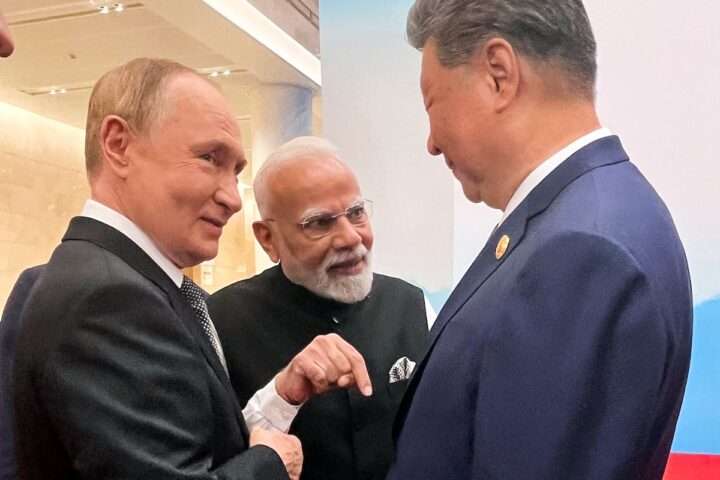Pakistan’s economic crisis is deepening as military spending and security priorities overshadow development. Despite repeated foreign aid and IMF bailouts, funds are often diverted to the military and intelligence, with little investment in infrastructure or welfare. This cycle perpetuates instability, underdevelopment, and ongoing concerns about terror financing and governance.
As Pakistan braces for yet another review by the International Monetary Fund (IMF), global attention is once again fixed on a familiar question: Where does the aid go?
The timing could not be more critical. With Pakistan navigating one of the worst economic crises in its history, the IMF’s upcoming assessment of the country’s compliance with its $7 billion bailout package has taken on heightened significance. But beneath the surface of economic indicators and reform checklists lies a deeper and more troubling pattern—one that has quietly shaped Pakistan’s fiscal landscape for decades.
Pakistan, a nation repeatedly described as a “security state,” has long prioritized its military and intelligence infrastructure over socio-economic development. The result is a persistent imbalance where foreign aid, including IMF disbursements, risks becoming fungible fuel for a bloated security apparatus rather than a catalyst for human development and economic revival.
A Security State in Numbers
In 2023, Pakistan’s military expenditure stood at 2.8% of GDP, a figure higher than those of regional giants India and China, and well above the 1.8% average for low- and middle-income countries. While these numbers alone paint a stark picture, they only scratch the surface.
Historical trend: Defence spending was 2.3% of GDP in 2016, peaked at 2.6% in 2018-2020, and officially fell to 1.7% in 2024, but this does not include off-budget military expenses
For fiscal year 2024–25, Pakistan allocated PKR 2.13 trillion (roughly USD 7.64 billion) to defense—a 14.5% increase over the previous year. Nearly 47.5% of this budget goes to the Army, while smaller shares are reserved for the Air Force, Navy, and inter-services organizations.

Salaries and pensions consume 39% of the defense budget, while a mere 8% is earmarked for modernization. Meanwhile, military pensions—estimated at PKR 662 billion—are drawn from separate civilian accounts, effectively masking the full scale of defense-related spending. When taken together, official and off-budget military expenses account for approximately one-quarter of total government expenditures, an exceptionally high share for a developing nation.
The Fungibility Problem
These figures exist against a backdrop of chronic underinvestment in social sectors. Health, education, infrastructure, and energy services consistently lag behind due to budgetary constraints—constraints that somehow never seem to apply to defense allocations.
Pakistan’s high military spending would not be as alarming if it were funded solely through domestic revenue. But the country remains one of the largest recipients of international aid and financial relief from institutions like the IMF. Since joining the IMF in 1958, Pakistan has received 24 bailouts—the highest number for any country in the organization’s history.
The issue lies in what economists call aid fungibility—the ability of governments to redirect funds indirectly. Even when aid is earmarked for development, it can effectively “free up” domestic resources for other uses. In Pakistan’s case, that often means the military.
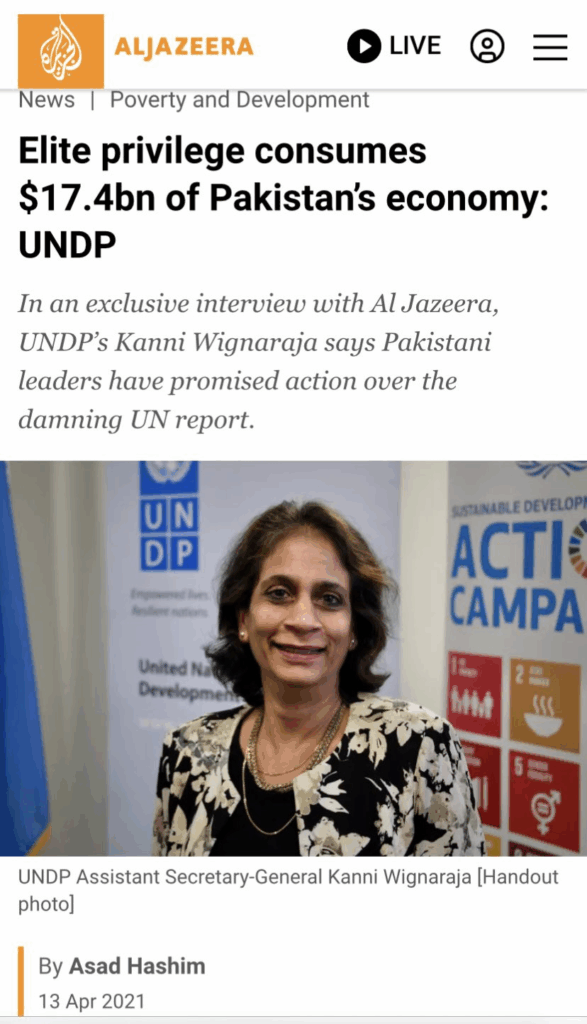
This concern is not just theoretical. In 2024, India officially requested the IMF to investigate whether Pakistan was diverting portions of its $7 billion IMF package toward supporting terrorist and militant infrastructure. The appeal cited documented links between the Pakistani state—particularly its intelligence services—and a web of over 40 active terrorist groups, ranging from the Taliban and the Haqqani Network to Lashkar-e-Taiba and Jaish-e-Mohammed.
Intelligence Oversight and Terror Networks
Pakistan’s Inter-Services Intelligence (ISI) agency has long stood at the center of these concerns. Officially, the ISI’s budget is reported at $300–400 million, covering approximately 4,000 employees. Yet independent analysts and former insiders believe the real figures are much higher—and far more opaque.
Senior #Pakistani journalist Ahmed Rashid exposed Pakistan's dire situation.
— Allen Hampton (@Hamp_Allen) April 30, 2025
"Pakistan's economy has collapsed drastically. I haven't had gas for almost six months. Infrastructure lacks investment. Meanwhile, #PakistanArmy is rapidly building nuclear weapons, outpacing others." pic.twitter.com/PRZCGdot0N
Multiple reports from Western intelligence agencies, academic researchers, and former Pakistani officials describe how the ISI functions as both a national intelligence service and a geopolitical actor. It has been implicated in supporting proxy groups in Kashmir, Afghanistan, and beyond—efforts often funded through opaque networks including front companies, hawala transactions, and cryptocurrencies.
Such activities have kept Pakistan on the Financial Action Task Force (FATF) grey list for extended periods due to non-compliance in curbing terror financing.
Development at the Margins
While donor funds are notionally aimed at improving development outcomes, governance weaknesses and budgetary diversion severely curtail their impact.
For example, despite decades of aid and repeated IMF interventions, Pakistan continues to experience frequent electricity shortages, low school enrollment rates, and poor healthcare access. In 2023, the country ranked 161 out of 191 on the Human Development Index, with the lowest literacy rate in South Asia after Afghanistan.
Studies show that aid effectiveness in Pakistan is highly contingent on governance quality and spending transparency. But in a country where military budgets are protected—and in some cases, concealed—even well-intentioned aid struggles to deliver meaningful results.
Global Scrutiny and Donor Dissonance
The IMF and its partners are not oblivious to these dynamics. A series of internal and external reviews has raised red flags about Pakistan’s fiscal priorities and the misuse of international funds.
Yet the cycle continues. Each time Pakistan’s economy teeters on collapse, a new aid package is assembled to stabilize the macroeconomy and avoid systemic shockwaves. But once the funds are disbursed, the old habits return: development goals are subordinated, and the security state reasserts its dominance.
This pattern reflects not only a domestic political calculus but also a failure of international enforcement mechanisms. Unlike some aid packages which are performance-linked or independently audited, IMF disbursements often rely on host-country reporting and compliance declarations—leaving room for manipulation.
Why the Upcoming IMF Review Matters
In this context, the forthcoming IMF review carries unusual weight. Not only is it an opportunity to assess fiscal reforms, but it also offers a rare chance to confront a longstanding dysfunction in how aid is allocated and used.
There is precedent for this. In past IMF programs, countries like Egypt and Ukraine have been pressed to disclose military expenditures and limit defense spending to improve fiscal transparency. A similar approach toward Pakistan would align aid more closely with development goals, while reducing the risk of international funds subsidizing militant infrastructure.
Moreover, tighter oversight would serve not just economic reform but also regional security interests. As long as Pakistan’s military and intelligence networks remain insulated from fiscal scrutiny, the potential for cross-border destabilization—whether in Afghanistan, India, or elsewhere—remains high.
A Crossroads Moment
Pakistan stands at a familiar crossroads. On one path lies the promise of genuine economic reform, improved governance, and enhanced human development. On the other, the inertia of a security state that continues to dominate the national agenda—and drain national and international resources.
The IMF review, though procedural on paper, could be pivotal in shaping which path the country chooses. With donors growing increasingly wary of unchecked aid flows, the window for meaningful change is narrowing.
If international institutions are serious about fostering stability and development in South Asia, this is the moment to demand more than fiscal accounting. It is time to ask where the money really goes—and insist that it finally go where it is needed most.
References and Further Reading
- India seeks Pakistan’s return to FATF grey list, raises concerns over misuse of $7 bn IMF package
Business Today, May 2, 2025.
https://www.businesstoday.in/india/story/india-seeks-pakistans-return-to-fatf-grey-list-raises-concerns-over-misuse-of-7-bn-imf-package-sources-474483-2025-05-02 - How U.S. Aid Ended Up Funding Pakistan’s Terror Machine
Statecraft (YouTube), May 2, 2025.
https://www.youtube.com/watch?v=dGLZ_MFhX98 - MF Pakistan Country Page
https://www.imf.org/en/Countries/PAK - 2025 IMF End-of-Mission Statement (First Review)
https://www.imf.org/en/News/Articles/2025/03/14/pr-2564-pakistan-end-of-mission-statement-1st-rev-37-mo-ext-arrangement-under-eff-and-rsf - 2024 IMF Staff Report (Stand-By Arrangement)
https://www.imf.org/en/News/Articles/2024/03/19/pr2491-pakistan-imf-reaches-staff-level-agreement-second-final-review-9-month-sba - IMF Staff Country Reports
https://www.elibrary.imf.org/view/journals/002/2024/310/002.2024.issue-310-en.xml - SIPRI Pakistan Nuclear Forces Profile
https://www.sipri.org/research/armaments-and-disarmament/nuclear-weapons/world-nuclear-forces/pakistan - Finance Division Official Budget Page
https://www.finance.gov.pk/fb_2024_25.html - Budget in Brief (PDF)
https://www.finance.gov.pk/budget/Budget_2024_25/Budget_in_Brief.pdf - 2024–25 Federal Budget Summary (Wikipedia)
https://en.wikipedia.org/wiki/2024%E2%80%9325_Pakistan_federal_budget - India’s FATF Grey List Push
https://www.indiatoday.in/india/story/india-pakistan-entry-financial-action-task-force-grey-list-terror-funding-pahalgam-attack-2718402-2025-05-02
https://indianexpress.com/article/india/post-pahalgam-terror-attack-india-works-to-throttle-pakistan-terror-funding-get-it-back-in-watchdog-fatf-grey-list-9977828/ - FATF Grey List Explained
https://indianexpress.com/article/explained/this-word-means-fatf-pahalgam-pakistan-9978745/ - Pakistan DataBank715
https://databank.worldbank.org/country/PAK/556d8fa6/Popular_countries
https://data.worldbank.org/country/pakistan - Khyber Pakhtunkhwa Terrorism Assessment9
https://www.satp.org/terrorism-assessment/pakistan-khyberpakhtunkhwa - Pakistan unveils increased defense budget, IMF decries spending plan
Defense News, June 22, 2023.
https://www.defensenews.com/global/asia-pacific/2023/06/22/pakistan-unveils-increased-defense-budget-imf-decries-spending-plan/ - Why fungibility of development aid can be good news
Radboud Repository, 2020 (PDF).
https://repository.ubn.ru.nl/bitstream/handle/2066/221746/221746.pdf?sequence=1 - Despite $125 billion debt, why is Pakistan increasing its defence budget to 18000 crore rupees
Economic Times, May 2024.
https://economictimes.com/news/defence/despite-125-billion-debt-why-is-pakistan-increasing-its-defence-budget-to-18000-crore-rupees/articleshow/110079403.cms


